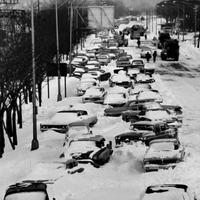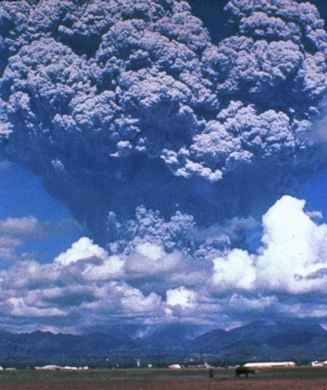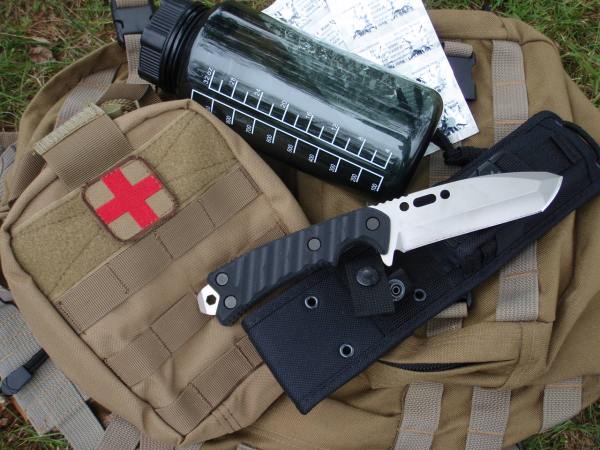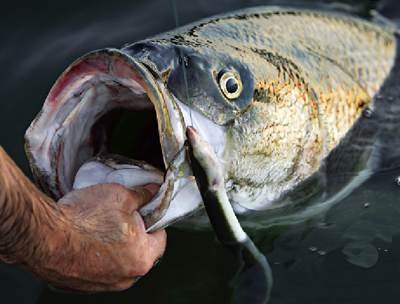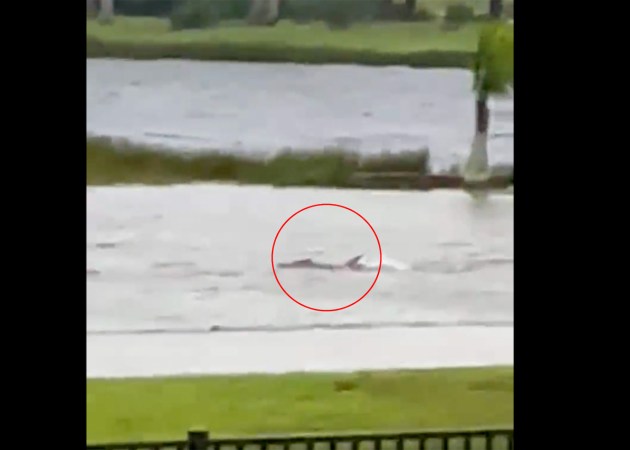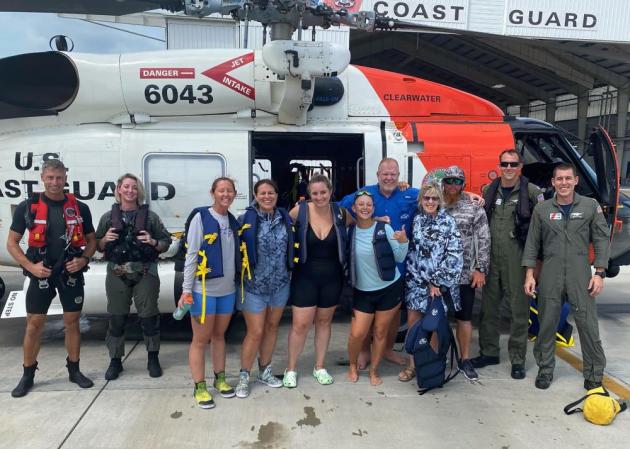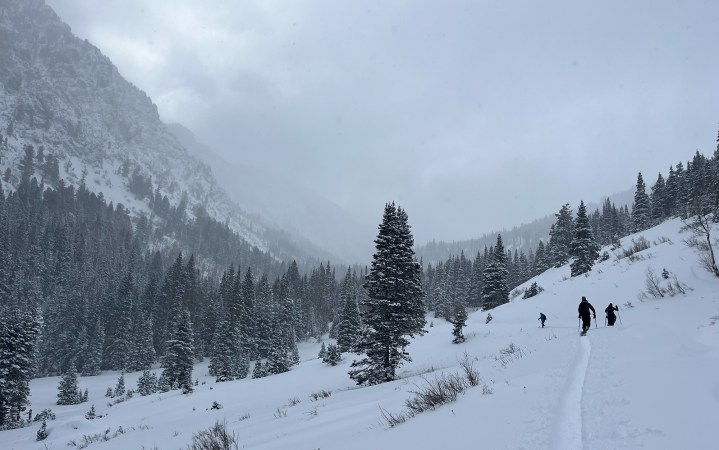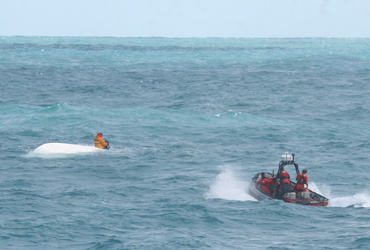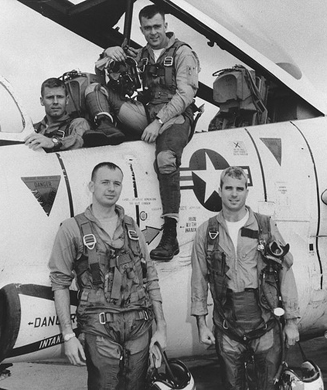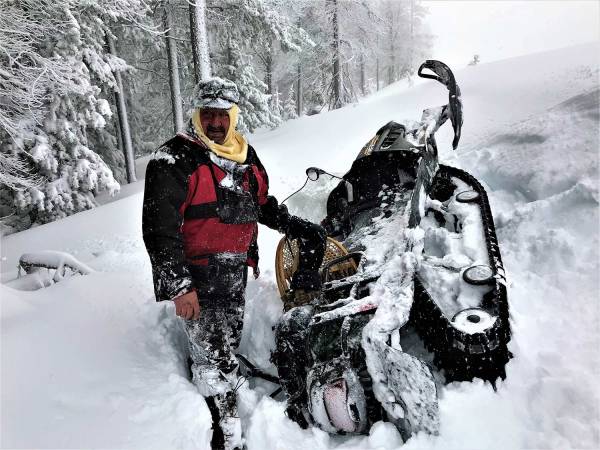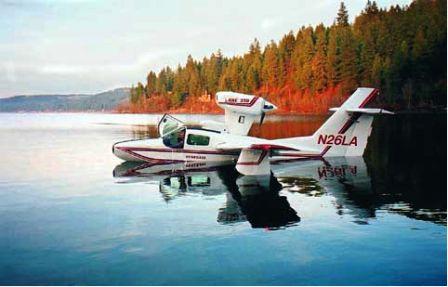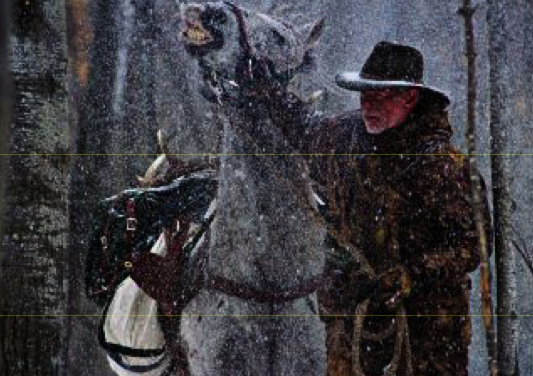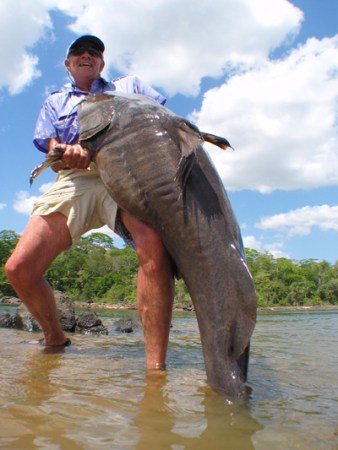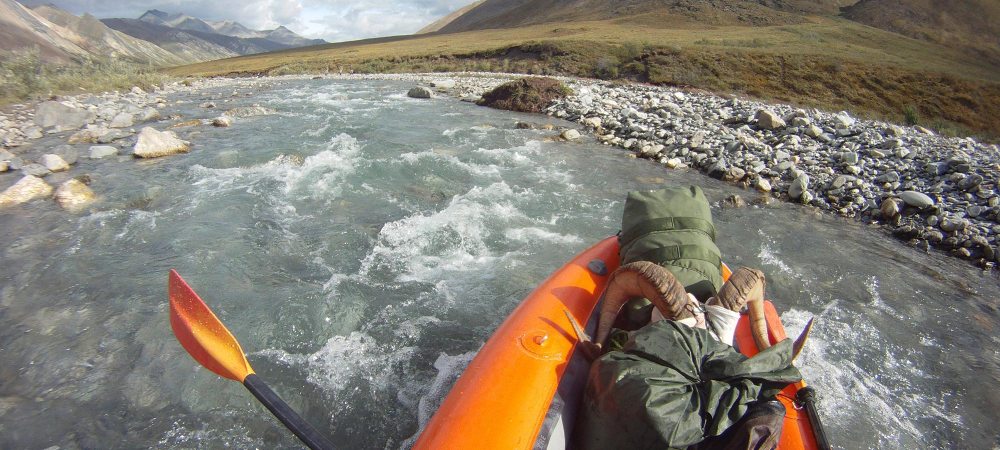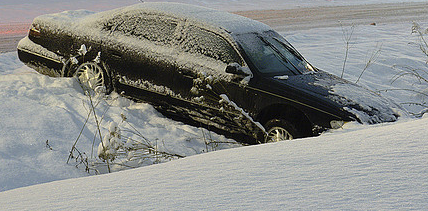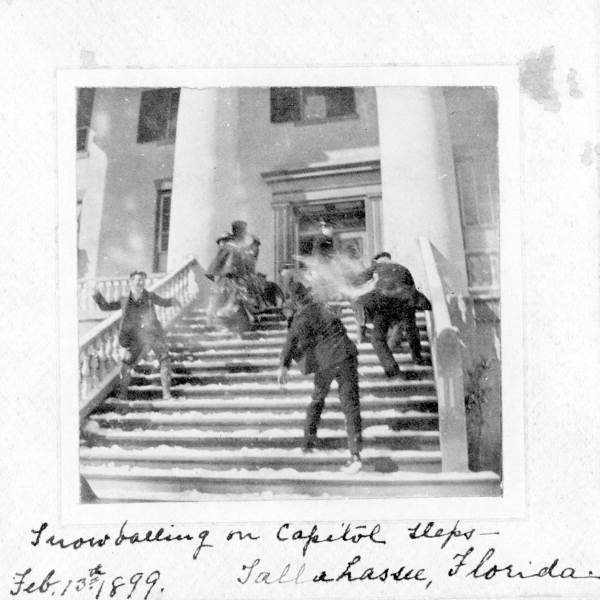
Deaths: 0
This storm lasted more than four days and ripped across the southeast corner of the United States. Ocean-effect snow blanketed the Florida peninsula while North Carolina received a foot of snow and temperatures that hovered at 10 degrees. The port in New Orleans was completely iced over and cold temperatures destroyed citrus groves all across the region. When the storm hooked north it only intensified. Monterey, Virginia recorded a -29 degree day and the blizzard dropped 34 inches of snow in New Jersey and and 20.5 inches of snow in Washington, D.C. Amazingly, no one was killed in the storm. This photo is of a snowball fight on the steps of the Florida capitol building.
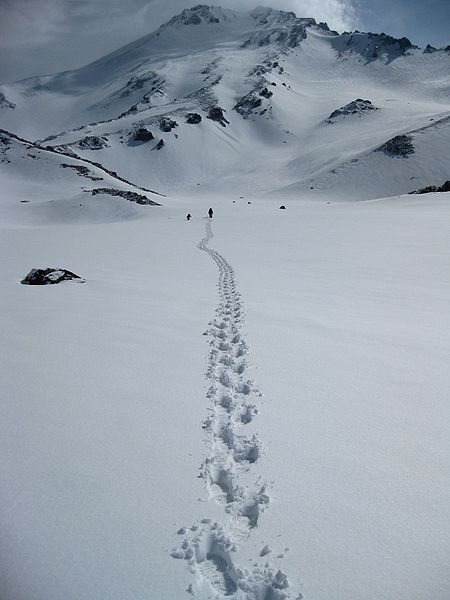
Deaths: unknown
This storm set the record for snowfall in North America by dumping an incredible 189 inches at the Mount Shasta Ski Bowl in California. However the storm didn’t cause too much damage because the people of that region were used to heavy snow falls and simply hunkered down and waited to be plowed out. The blizzard also hit mostly unpopulated mountainous regions. Photo: boulab
Deaths: 70
This wild January storm dropped two feet of snow from Minnesota to Nebraska and caused more than 45 tornadoes in the Southwest. The storm was caused by cold Rocky Mountain air that collided with moisture rising up from the Gulf of Mexico. This caused heavy snow and high winds that gusted up to 50 mph. In total, 70 people were killed in the storm; 12 from tornadoes and 58 from the snow.
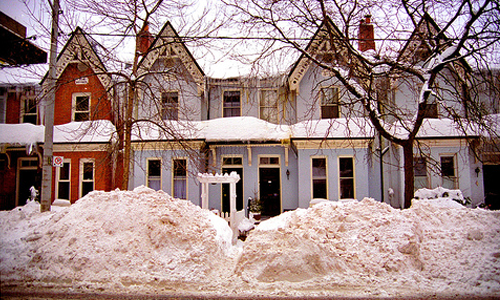
Deaths: 73
The northern half of the Midwest was crushed by this January blizzard that dropped more than a foot of snow and sunk the mercury to -20 degrees. Some areas got considerably more snow like Chicago’s O’Hare Airport which was buried by 22 inches of powder. 73 people died because of the storm, with 32 of them coming from heart attacks while shoveling snow.
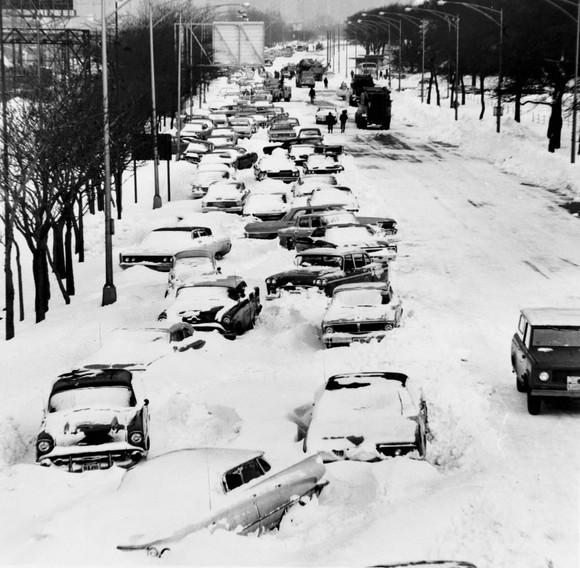
Deaths: 76
This January blizzard hung over the Windy City for 30 hours and dropped 23 inches of snow, effectively shutting Chicago down. The storm left buses and cars stranded in streets and soon looters tried to take advantage of the situation. This led to shootouts between the looters and police with several bystanders getting caught in the crossfire. In total, 26 Chicagoans died in the blizzard and 50 more people were killed in the surrounding metro area.
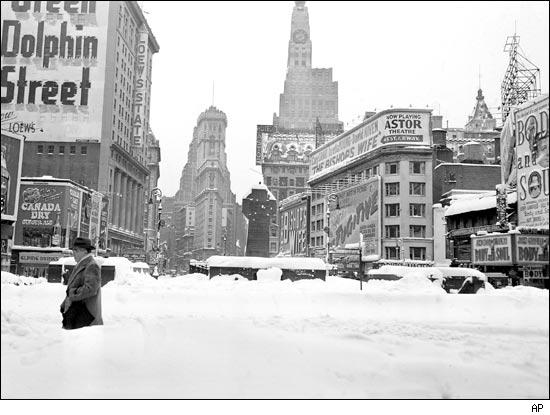
Deaths: 77
An unexpected blizzard smashed into New York City on Christmas Day 1947. Warm moisture from the Gulf Stream fed the storm as it poured more and more snow onto the city. By December 26, 26.4 inches of snow fell in Central Park. Roads and trains were shut down and when trains did get back online they ran 12 hours late. 77 people perished in the blizzard.
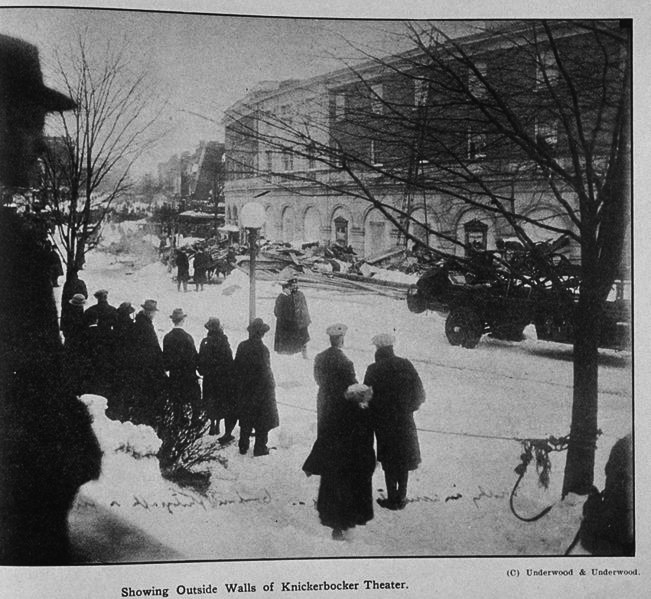
Deaths: 98
On January 27, 1922 this storm barreled into the Mid-Atlantic states blanketing 22,400 square miles with more than two feet of snow. The storm ravaged Washington D.C. and collapsed the Knickerbocker Theater, which was the largest and newest movie house at the time. During the intermission of a show the roof collapsed under the heavy snow trapping hundreds of people below. Floods of rescuers arrived at the scene to help, but the accident killed 98 people and injured 133 more. Among the dead was Congressman Andrew Jackson Barchfeld.
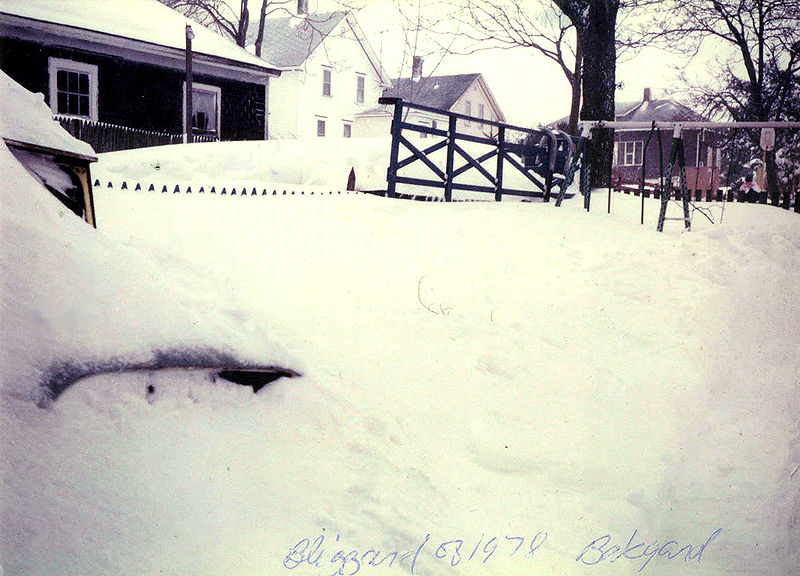
Deaths: 100
This massive nor’easter blanketed New England and New York with straight snow for 33 hours. Boston was hit the hardest with 27.6 inches of snow but parts of Rhode Island and Massachusetts were also covered up. The storm produced 86 mph winds with gusts up to 111 mph. One strange twist in this blizzard was that it was accompanied by thunder and lighting. More than 100 people were killed because of the blizzard and about 4,500 people were injured. The storm also did $520 million in damage, which is $1.75 billion in today’s terms.
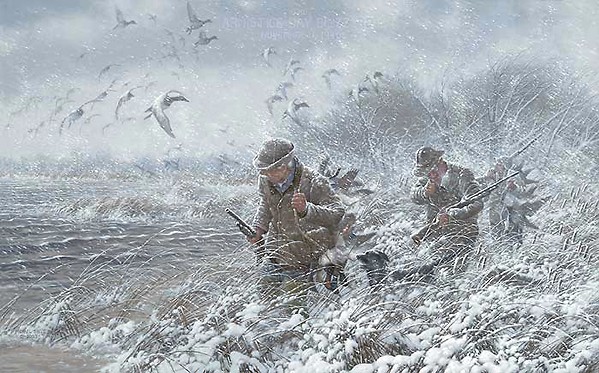
Deaths: 140
On November 11 (Armistice Day) 1940 a fast breaking storm slammed into the Midwest from Nebraska to Michigan. The hardest hit victims from the storm were Minnesota duck hunters who had taken off work in anticipation of a good day of hunting. The ducks came pouring in, but the storm hit much harder than anyone expected, so most of the hunters were not prepared for the survival situation they would soon face. Hunters along the Mississippi River were stranded on islands as the blizzard brought 50 mph winds that whipped up waves that reached 5 feet high. Some hunters tried to make it back to the shore but drowned in the river. Overall, 49 Minnesota duck hunters were killed in the storm. Another notable accident was 66 sailors who died on lake Michigan when their crafts capsized. Total, 140 lives were lost. Photo: Country Art
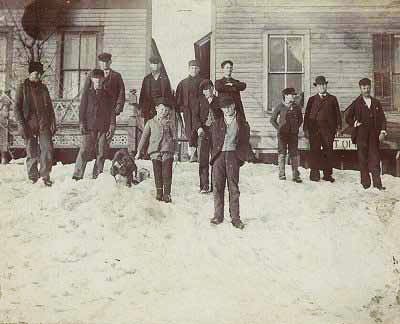
Deaths: 235
This blizzard ambushed the plains states on a mild day in January. Because it came so quickly and unexpectedly people were caught unprepared, including many children in one-room schoolhouses. Days before the storm, temperatures dropped into the negatives, but on the morning of January 12 temps crept into the high 20s. Then in just hours a frigid blizzard struck the heartland dropping powdery snow and brining heavy winds. 235 people perished.
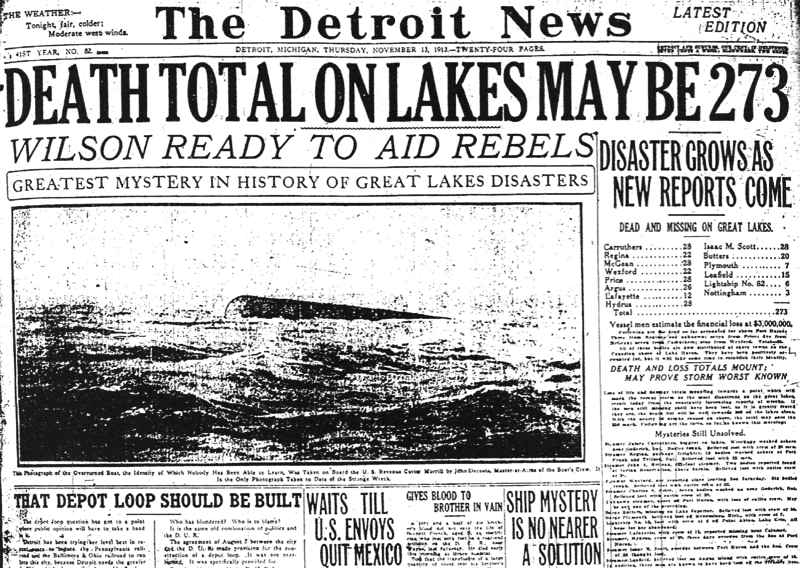
Deaths: 250
Also known as the Freshwater Fury or the White Hurricane, this storm destroyed 19 ships in the Great Lakes and stranded 19 more. The convergence of two major storm fronts produced 90-mph winds and kicked up waves 35 feet high, not to mention the whiteout snow squalls that followed. The storm hit Lake Huron the hardest and did $5 million dollars worth of damage to Great Lakes vessels, this is equivalent to about $100 million today. Many of the ships were freighters that carried coal, iron ore or grain. The storm killed 250 people.
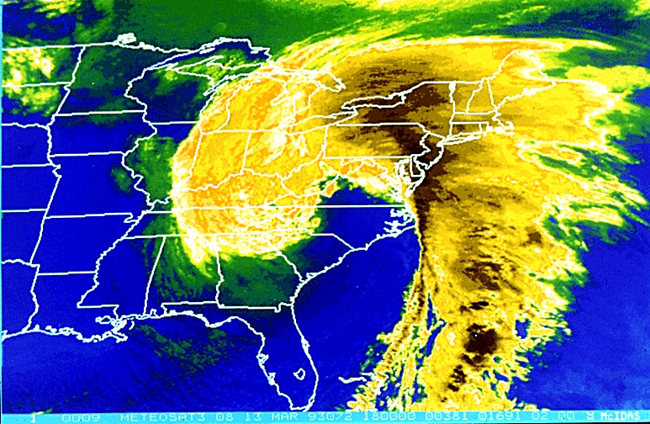
Deaths: 310
This massive storm earned its name by stretching from Canada to Central America. The cyclone formed in the Gulf of Mexico and swung up through the eastern half of the country on March 12 and 13. Alabama was hit with 16 inches of snow and even the Florida panhandle had four inches of snow. Powerful winds slammed into the southeast creating storm surges and high waves and a flurry of tornados. States in the Appalachians saw more than three feet of snow and drifts rose as high as 35 feet. The storm reportedly affected 40 percent of the country and killed power for 10 million people. More than 310 people perished in the storm, including 10 from Cuba. But the death toll could have been much higher if people had not been prepared. The 1993 blizzard is widely accepted as one of the first times meteorologists were able to predict the severity and trajectory of such a massive storm.
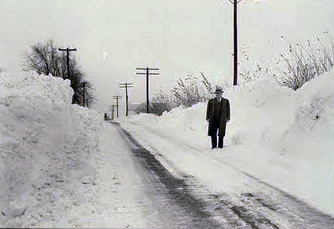
Deaths: 353
The worst part about this storm was its brutal winds that were recorded at up to 110 mph in Concord New Hampshire. The blizzard also dropped up to two feet of snow in many eastern states and caused more than 66 million dollars worth of damage. It left 1 million people without electricity and impacted almost half of the country. 353 people were killed in the storm.
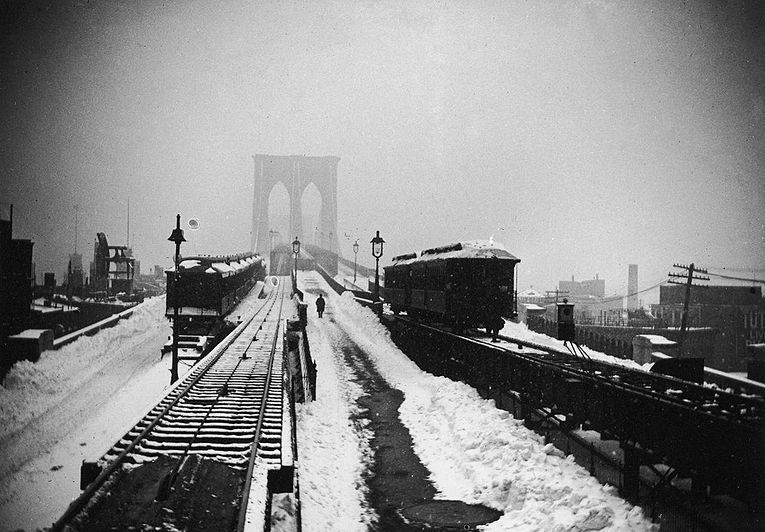
Deaths: 400
This epic Nor’easter dumped 50 inches of snow on New England and 40 inches of Snow in New Jersey and New York. On March 11 the weather was warm and rainy but by March 12th the rain turned to snow and a massive blizzard that lasted for a full day with winds gusting to 80 mph. Snow drifts reportedly hit 30 feet and some three-story houses were completely covered. At the coldest points during the storm the mercury hovered just above 0 degrees. More than 400 people died from the storm and the following cold snap (half of these casualties were from New York City, including U.S. Senator Roscoe Conkling). The storm also reportedly caused $25 million in damage. To make things worse, massive flooding occurred just days later as the snow began to melt.
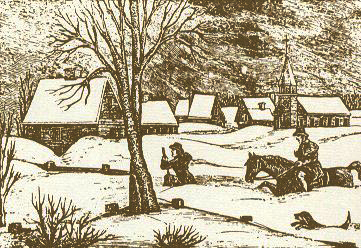
Deaths: Unknown
Because this blizzard hit so long ago, exact details are sketchy but this much is known: it was undoubtedly one of the most devastating winter storms of all time. The winter that year had already been brutal in New England and by December there was 5 feet of snow on the ground. By January 1717 there were reportedly snow drifts reaching 25 feet high. But the worst was yet to come. Huge, relentless blizzards struck from the end of February to the beginning of March and dropped 60 inches of snow on New York and surrounding area. It’s unknown how many people were buried by snow or froze to death that winter. Photo: wintercenter.homestead.com
The U.S. gets hit by some nasty blizzards every year. Here’s a look at the worst winter storms in history.
